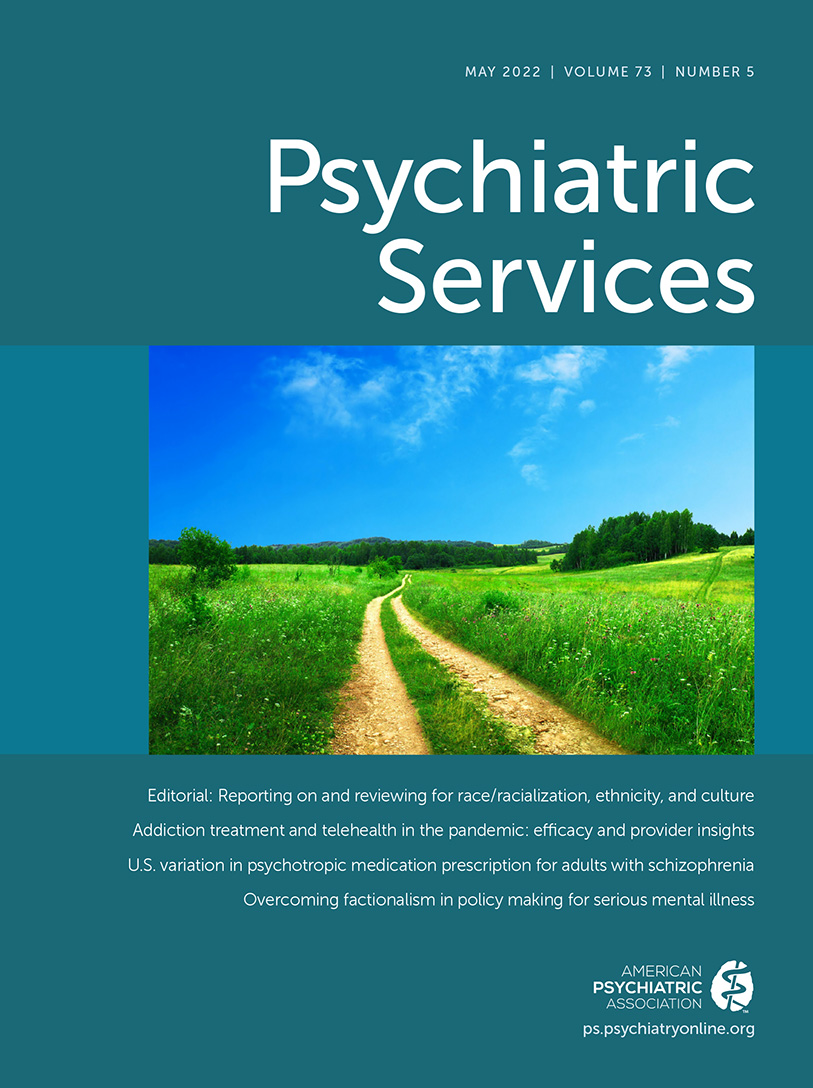Antipsychotic Medications for Low-Income Preschoolers: Long Duration and Psychotropic Medication Polypharmacy
Abstract
Objective:
This study aimed to evaluate prescribing patterns of antipsychotic medication and factors that predict duration of use among low-income, preschool-age children.
Methods:
State Medicaid claims from 2012 to 2017 were used to identify antipsychotic medication use for children <6 years old. ICD-9 and ICD-10 codes were used to describe child diagnoses. Descriptive and multivariable analyses were used to determine patterns of antipsychotic medication use and factors that predicted duration of use.
Results:
In 2012, 316 children <6 years of age started an antipsychotic medication in a southeastern state. Most were non-Hispanic White (N=202, 64%) and boys (N=231, 73%). Diagnoses included attention-deficit hyperactivity disorder (N=288, 91%), neurodevelopmental disorders (N=208, 66%), anxiety and trauma-related diagnoses (N=202, 64%), and autism spectrum disorders (ASDs) (N=137, 43%). The mean±SD duration of exposure to antipsychotic medication for children in the cohort was 2.6±1.7 years, but 86 children (27%) had >4 years of exposure. Almost one-third (N=97, 31%) received polypharmacy of four or more medication classes, and 42% (N=131) received metabolic screening. Being male, being in foster care, and having a diagnosis of ASD or disruptive mood dysregulation disorder were significantly associated with duration of use of antipsychotic medications; race-ethnicity was not significantly associated with duration of use. Emergency department visits (N=277, 88%) and inpatient hospitalizations (N=107, 34%) were observed during the study period.
Conclusions:
Many preschoolers received antipsychotic medications for substantial periods. Further research is needed to identify evidence-based practices to reduce medication use and improve outcomes.



